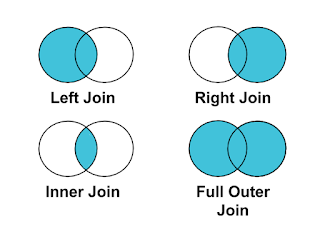Conditional Formatting in Tableau and Power BI
When we talk about conditional formatting the focus is on formatting the cells depending on the value of the cell or the formula used. This feature is quite useful and makes the spreadsheet easy to read by highlighting the cells with different colors. It will help any individual to highlight the important data such as deadlines or risk tasks. There are mainly five types of conditional formatting in excel - background colors, foreground color, data bars, icons, and values.
Considering the benefits of conditional formatting it will highlight any unique value whether it is negative or the largest and if you are creating a list of distinct values conditional formatting comes out to be very nifty. You can find lots of blogs and videos on how to do conditional formatting in excel so we will focus on how to do it in Tableau and Power BI.
Let's get started by Tableau. I am using sample superstore data for conditional formatting. So we are considering the sales and profits done by the superstore in various states. For that take the measure names to column and states to row. Apply filter to measure names and select only sales and profit. Apply color and label to measure values and select square to get better visualization.
If you focus on the color scheme for both sales and profit it looks quite similar. To differentiate it we will use separate legends which can be selected by right-clicking the measured values present in the marks. You can play around with different colors for both of them.
You can do the same for profit too. By selecting different colors you can highlight minimum and maximum values for each one of them. If you select the diverging you will get to select the color for the middle values as well.
This is the final result obtained from conditional formatting you can play around by selecting different types of conditional formatting available. This visual will give you a better glimpse of the intuitiveness that can make your visualization much better.
Thanks for Reading Let's connect on LinkedIn.









No Deposit Bonus - Casino Chip | DrmCD
ReplyDeleteThe minimum 김포 출장마사지 bet you need to wager $10 on a casino bonus 밀양 출장마사지 is $1 and 김제 출장샵 you have the minimum 익산 출장마사지 amount bet 문경 출장마사지 you need to wager $10. If you have played a card game and